SERVICES
Machine Translations and Post-Editing (MTPE)
Machine Translation and Post-Editing (MTPE) represent a transformative approach in the translation industry, leveraging the power of artificial intelligence to enhance efficiency and streamline the translation process. As technology continues to advance, MTPE has emerged as a viable solution for organizations seeking to meet growing translation demands while maintaining quality standards.

MTPE offers several advantages for organizations seeking efficient translation solutions. By harnessing machine translation technology, MTPE enables rapid turnaround times and cost savings compared to traditional human-only translation workflows. Moreover, MTPE can be particularly beneficial for content with tight deadlines or high volume, allowing organizations to meet demanding translation requirements without sacrificing quality.
While MTPE represents a significant advancement in the translation industry, it is important to recognize that human oversight remains essential to ensure the quality and accuracy of the final output. Effective MTPE workflows incorporate robust quality assurance measures and collaboration between machine translation systems and human linguists to deliver translations that meet the highest standards of excellence.
In an era characterized by rapid globalization and digital transformation, MTPE stands as a testament to the synergy between human expertise and technological innovation. By combining the efficiency of machine translation with the precision of human post-editing, MTPE offers a forward-thinking solution to the evolving translation needs of today’s global marketplace.
Frequently Asked Questions:
What is machine translation?
We hear a lot about Machine translation (MT), but what is it? MT refers to the automated process of translating text or speech from one language to another using computer algorithms and technology, without direct human intervention.
The unique insights that a proficient human translator can provide to a project, particularly one that understands your product, services, and audience, cannot be replicated. That’s why we provide machine translation post-editing services—a hybrid solution that leverages the strengths of both human expertise and machine efficiency.
What is machine translation post-editing (MTPE)?
Machine Translation Post-Editing (MTPE) is a process in which software that uses artificial intelligence (AI) translates your document and a linguist edits the output to ensure accuracy, coherence, and fluency. Merging the precision of human translation with the efficiency of machine translation.
Here’s how the process typically works:
- Machine Translation: Initially, a text is translated by a machine translation system. This can be a neural machine translation (NMT) system, statistical machine translation (SMT) system, or another type of MT system.
- Post-Editing: After the machine translation is generated, a human translator, known as a post-editor, reviews the output. The post-editor evaluates the translation for accuracy, coherence, fluency, and overall quality.
It is important to highlight that post-editing tasks could involve rephrasing sentences, fixing grammatical errors, ensuring terminology consistency, and adapting the translation to match the style and tone of the target language.
The final result matches the quality of text translated and meticulously edited by human translators. Upon completion, the final output is prepared for immediate publication.
Machine Translation Post-editing: When to use it?
The initial phase involves assessing whether machine translation is suitable for your content. This isn’t universally applicable, as certain types of material may not align effectively with this service. It’s essential to recognize this beforehand to prevent the challenging task of editing a low-quality output after the text has undergone machine translation.
Machine Translation Post-Editing (MTPE) is typically used in situations where there is a need for a balance between the efficiency of machine translation and the quality assurance provided by human translators. Here are some scenarios in which Machine Translation Post-Editing can be beneficial:
- High-Volume Content to Translate: Machine Translation Post-editing is particularly useful when dealing with a large volume of content that needs to be translated quickly. Machine translation as a first step makes the human task faster.
- Cost Efficiency: Machine Translation Post-Editing can be a cost-effective solution for organizations with budget constraints. This service has a lower rate than the regular Translation, Editing, and Proofreading one. Need to categorize the content by subject matter or relevance. In this case, after the machine translation is complete you can decide which documents need post-editing by humans.
- Repetitive Content: Machine Translation Post-Editing is well-suited for translating repetitive or standardized content, such as technical documentation, or product descriptions. Human post-editors can focus on refining the machine-generated translation for accuracy and style without starting from scratch.
- Time Sensitivity: When there’s a need for rapid translation turnaround when the deadline is tight, or when there is no time to lose, Machine Translation Post-Editing offers faster delivery times.
- Exploratory Translations: In cases where the content is exploratory or preliminary, and the goal is to quickly understand the gist of the text, Machine Translation Post-Editing can be a valuable tool. It allows for a faster initial translation, which can be refined later based on feedback or further analysis.
It’s important to note that Machine Translation Post-Editing might not be suitable for all types of content, especially when high levels of precision, creativity, or cultural nuance are required. In such cases, traditional human translation without the use of machine translation may be more appropriate. The decision to use MTPE depends on the specific requirements of the project and the desired balance between speed, cost, and quality.
What are the best practices for post-editing in machine translation?
Effective post-editing in machine translation (MTPE) involves applying linguistic expertise to improve the quality of machine-generated translations. Here are some best practices for post-editing in machine translation:
- Understand the Purpose: Clearly understand the purpose and context of the translation. Know the target audience, intended use of the content, and any specific requirements or guidelines provided by the client.
- Evaluate Quality Metrics: Assess the quality of the machine-generated translation using available metrics, such as fluency, accuracy, and coherence. Identify areas that require improvement and prioritize changes based on importance.
- Maintain Consistency: Ensure consistency in terminology, style, and tone throughout the translated text. Consistent terminology is crucial for technical and specialized content.
- Adapt to Style Guides: Follow any provided style guides or adhere to industry-specific conventions. This helps in maintaining a consistent and professional appearance across translations.
- Verify Accuracy: Check the accuracy of information, especially in technical or domain-specific content. Correct any inaccuracies introduced by the machine translation system.
- Refine Grammar and Syntax: Address grammatical errors, awkward sentence structures, and syntactic issues. Ensure that the translated text reads fluently and naturally in the target language.
- Consider Cultural Nuances: Pay attention to cultural nuances and idiomatic expressions. Adapt the translation to resonate with the cultural expectations of the target audience.
- Review Punctuation and Formatting: Verify punctuation and formatting to ensure they align with the conventions of the target language. Incorrect punctuation can impact the clarity and meaning of a sentence.
- Prioritize High-Impact Changes: Focus on making high-impact changes that significantly improve the overall quality of the translation. Address critical errors before fine-tuning less significant issues.
- Provide Feedback to the MT System: If possible, provide constructive feedback to the machine translation system. This feedback loop helps improve the performance of the MT system over time.
- Be Time-Efficient: Balance the need for quality with the time allocated for post-editing. Prioritize changes that have the most significant impact on clarity and understanding.
- Communicate with Stakeholders: Maintain open communication with project stakeholders, including clients and machine translation providers. Clarify any uncertainties and seek additional information when needed.
- Develop Domain Knowledge: If working on specialized content, develop domain knowledge to better understand terminology and context. This enables more accurate and contextually appropriate translations.
- Use Technology Wisely: Leverage translation memory (TM) tools and terminology databases to maintain consistency across projects. These tools can help streamline the post-editing process.
- Continuous Learning: Stay updated on advancements in machine translation technology and post-editing best practices. Continuous learning helps post-editors adapt to evolving tools and methodologies.
By following these best practices, post-editors can enhance the quality of machine-generated translations, ensuring that the final output meets the required standards and serves its intended purpose effectively.


